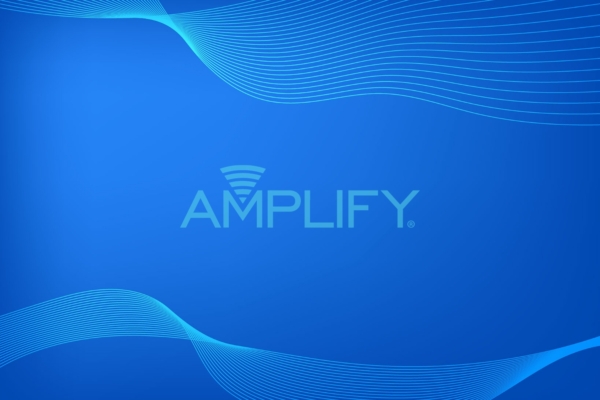
Perspectives: The FHLB and Its Connection to Affordable Housing

Take it from a lifelong real estate guy: the most important things in this industry are usually happening behind the scenes. Unless you spend all your time thinking about real estate, you probably don’t know much about the Federal Home Loan Bank System. This is a group of eleven wholesale lenders that play a really important role in how organizations like Amplify work. And right now, the FHLB is in the crosshairs for a bunch of different reasons – some of them good, some of them not so much.
Right now, people have questions about whether the FHLB is still working the way it was intended. American Banker ran an article earlier this year that questioned whether the FHLB had strayed from its mission by offering more loans to private institutions and failing to move the needle on affordable housing. Sure, no system is perfect, but if you think stripping FHLB of its powers is the right move, you better be ready to cut a lot of community banks and credit unions off at the knees.
The FHLB was originally created in the Federal Home Loan Bank Act of 1932. America had survived the Great Depression pretty much by the skin of our teeth, and lawmakers thought that giving banks access to low-cost funds would make it easier for Americans to borrow money, become homeowners, and reinvest in their local communities. The idea was to create a “bank’s bank” to help community banks and credit unions manage liquidity and increase the number of loans they offer customers.
That’s a pretty streamlined version of FHLB’s history, but I think you get the gist. The point is that the FHLB ensures that banks and credit unions like ours have the liquidity they need to invest back into our community. This was a good idea in 1932, but it’s an even better idea today. If you’re reading this, I probably don’t have to tell you how dire the housing situation is everywhere in America. We know that homeownership is how families build wealth between generations, and right now, some folks are building a lot more wealth than others.
According to the most recent Census data, White Americans have a homeownership rate of 72.1% compared to 43.4% for Black Americans and 51.1% for Hispanic Americans. And if you want to break it down by generation, 48.6% of Millennials own homes compared to 69.1% of Generation X and 78.5% of Baby Boomers. Fixing some of these problems will require us to build fruitful relationships with government agencies – like the Federal Housing Finance Agency and the Federal Housing Authority – that give us the tools to chip away at centuries of wealth transference.
And what will happen if the FHLB pulls back on the liquidity it adds to the real estate market? With less room on their balance sheets, do you think banks will continue their efforts to create opportunities for younger and more diverse audiences? Or will they double down on what already works and save those dollars for older and wealthier borrowers? You know the answer to that. Sure, there are probably plenty of improvements to be made in how the FHLB works with borrowers, but getting rid of their powers altogether is only going to make things a heckuva lot worse.
It may sound dire to suggest that the future of the FHLB will determine the fate of homeownership in America, but let’s not throw the baby out with the bathwater here. As bankers, we need to pay close attention to what the Federal Housing Finance Agency and other government bodies have in mind for the FHLB. Because if we get this wrong, the impact will be felt for generations to come.
Nobody wins by paying bank fees.
Every Amplify member enjoys fee-free banking. No minimums, no overdraft fees–no fees at all.
